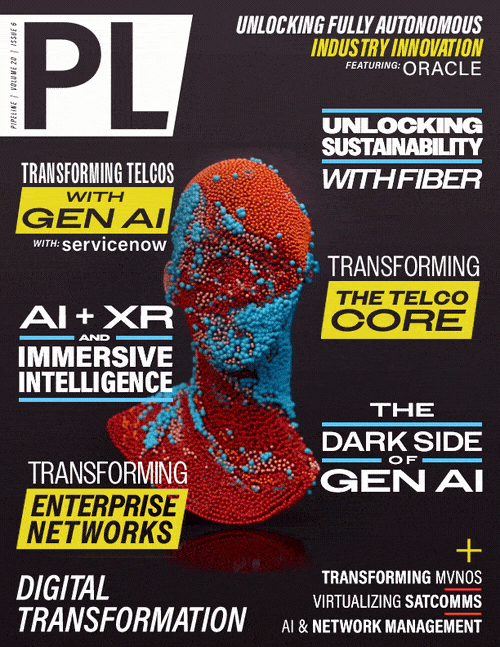Teleste and Cisco improve Remote PHY InteroperabilityTeleste and Cisco improve Remote PHY InteroperabilityThe Remote PHY technology enables tremendous data capacity, robust transmission and cost-effective deployment options in HFC networks. Validating interoperability allows technology vendors to ensure that operators can enjoy benefits of successful DOCSIS 3.1 ecosystems. The Remote PHY technology, specified by CableLabs®, plays a significant role in the development of the cable industry. The technology, and the distributed network architectures that it embraces, enables cable operators to provide consumers with increased network capacity and seamless access to streaming video and TV services. To fully realise the Remote PHY potential, technology vendors need to make sure that operators will be able to count on interoperability of devices in rolling out their next generation broadband services. As one of the leading 1.2 GHz DOCSIS 3.1 node vendors globally, Teleste has focused on promoting cross-vendor interoperability and standards-based development of RPD devices to drive the realisation of Remote PHY solutions. To continue the process, we have recently tested our Remote PHY technology in cooperation with Cisco, an initiator of the Open Source RPD development project with CableLabs. In the tests, the interoperability of Teleste’s Remote PHY enabled node, AC9100 Neo RPD, was demonstrated alongside Cisco’s cBR8 CCAP Core. "Distributed Access Architectures (DAA) offers cable operators worldwide the ability to provide scale, flexibility and performance for their cable access networks. Remote PHY is a foundational, standards-based architecture, that enables a transition to virtualized access solutions, and offers significant TCO benefits. We are pleased to work with Teleste within the ecosystem of OpenRPD to make sure that cable operators will be able to benefit from the incremental growth potential of this transformation,” notes Daniel Etman, Director of Product Marketing, Cable Access Business, Cisco. Seamless CCAP Core and RPD node compatibility will ensure future-proof investments in end-to-end distributed access architectures in HFC networks for MSOs. Interoperability and standards-based solutions ensure faster network roll-outs, which will benefit consumers by bringing them more broadband speed and ensuring that services requiring multi-gigabit capacity are available right when they are expected. “From previous DOCSIS implementations, we have learned that open, standards-based development is the key to success for both operators and vendors. Interoperability of RPD devices and CCAP cores from different technology vendors guarantees that MSOs will be able to safely invest in future development of their networks and services“, points out Hanno Narjus, SVP of Network Products at Teleste. Source: Teleste media announcement | |

















